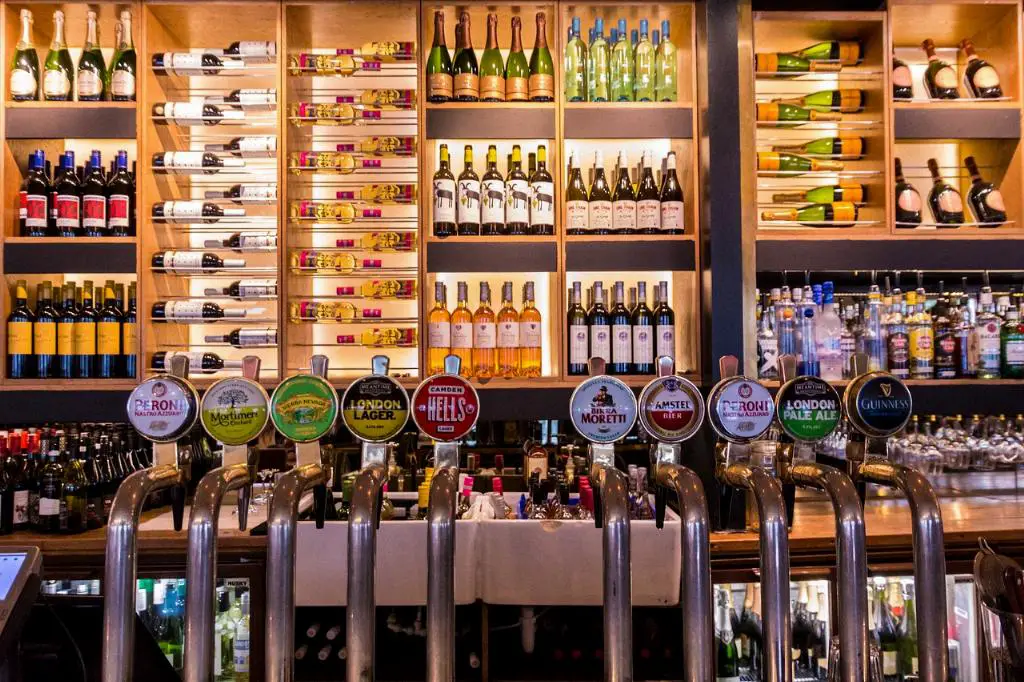When it comes to exploring the vast and diverse world of beer, there are numerous styles that can intrigue and delight our taste buds. Two popular styles that often leave beer enthusiasts curious are cream ale and blonde ale. While they may share some similarities, these two beer styles possess unique characteristics that set them apart. Let’s dive into the delightful differences between cream ale and blonde ale.
1. The Flavor Profile
A crucial aspect that differentiates cream ale and blonde ale lies in their flavor profiles. Blonde ale tends to be fruitier and maltier, offering a pleasing balance of hop bitterness and a subtle sweetness. On the other hand, cream ale is known for its cleaner and crisper taste, with a focus on providing a smooth, easy-drinking experience. While they may overlap at their extremes, these flavor variations stand out in the world of beer.
2. The Corn Factor
If you’re seeking a distinctive difference between cream ale and blonde ale, the corn factor comes into play. Cream ale traditionally incorporates a portion of corn in its brewing process, which contributes to its unique character. This addition imparts a subtle sweetness and a smooth texture to the beer. However, blonde ale typically does not include corn, allowing its ingredients to shine in different ways.
3. Body and Mouthfeel
Another element that sets these two beer styles apart is the body and mouthfeel. Blonde ale often exhibits a lighter body, making it a refreshing choice for those seeking a crisp and thirst-quenching experience. In contrast, cream ale tends to have a slightly fuller body, providing a more substantial mouthfeel. This distinction in body can be a deciding factor for those with specific preferences.
4. Appearance
When it comes to appearance, both cream ale and blonde ale typically showcase a golden hue that entices the eyes. However, the clarity of these beers may differ. Blonde ale commonly appears clear and bright, allowing its radiant color to take center stage. In contrast, cream ale may possess a touch of haze, adding to its visual appeal. These slight differences in appearance can enhance the overall drinking experience.
5. Brewing Method
The brewing methods employed for cream ale and blonde ale also contribute to their unique characteristics. While both styles may undergo similar brewing processes, the choice of ingredients and techniques differentiate the final products. Cream ale may require additional steps to incorporate the corn element, whereas blonde ale focuses on utilizing a specific combination of malts and hops to achieve its distinct flavor profile.
6. Historical Origins
Understanding the historical origins of beer styles can provide valuable insight into their differences. Cream ale traces its roots back to the United States, particularly in the Midwestern region. It emerged as a response to the popularity of German lagers, offering a lighter and less bitter alternative. Blonde ale, on the other hand, has its origins in Europe, with Belgian and English influences shaping its creation.
7. Food Pairings
Exploring the world of beer would be incomplete without considering the delicious food pairings that complement each style. Blonde ale’s fruity and malt-forward character pairs exceptionally well with light seafood dishes, grilled vegetables, and creamy cheeses. For cream ale, its clean and crisp nature makes it an excellent companion for spicy foods, chicken wings, and even barbecue fare.
8. Popular Examples
Now that we understand the differences between cream ale and blonde ale, let’s explore a couple of popular examples for each style. Notable cream ales include “Genesee Cream Ale” and “New Glarus Spotted Cow,” which showcase the style’s distinct corn-infused flavor profile. As for blonde ales, “Sierra Nevada Pale Ale” and “Leffe Blonde” are beloved options, displaying the fruitiness and maltiness characteristic of the style.
9. Seasonal Variations
Both cream ale and blonde ale offer the potential for seasonal variations that can further expand their appeal. Brewers often experiment with different adjuncts, hops, or aging techniques to create unique limited-edition brews. These seasonal variations allow enthusiasts to explore new flavors and aromas within their favorite beer styles, keeping the excitement alive throughout the year.
10. Craft Beer Revolution
Lastly, it’s worth noting that the craft beer revolution has lent its own touch to both cream ale and blonde ale. Craft breweries worldwide have embraced these styles, infusing them with innovative twists, such as barrel aging, dry hopping, or blending with other beer styles. These creative expressions of cream ale and blonde ale offer enthusiasts a chance to savor a wide array of unique and unforgettable flavor experiences.

Conclusion
In conclusion, while cream ale and blonde ale may share certain characteristics, they are distinct beer styles with their own unique attributes. From flavor profiles to ingredients, brewing methods, and even historical origins, the differences between these two styles come together to provide beer lovers with a wide range of choices. Whether you prefer the fruitiness of a blonde ale or the smoothness of a cream ale, exploring each style can be a delightful journey that expands your beer horizons.
